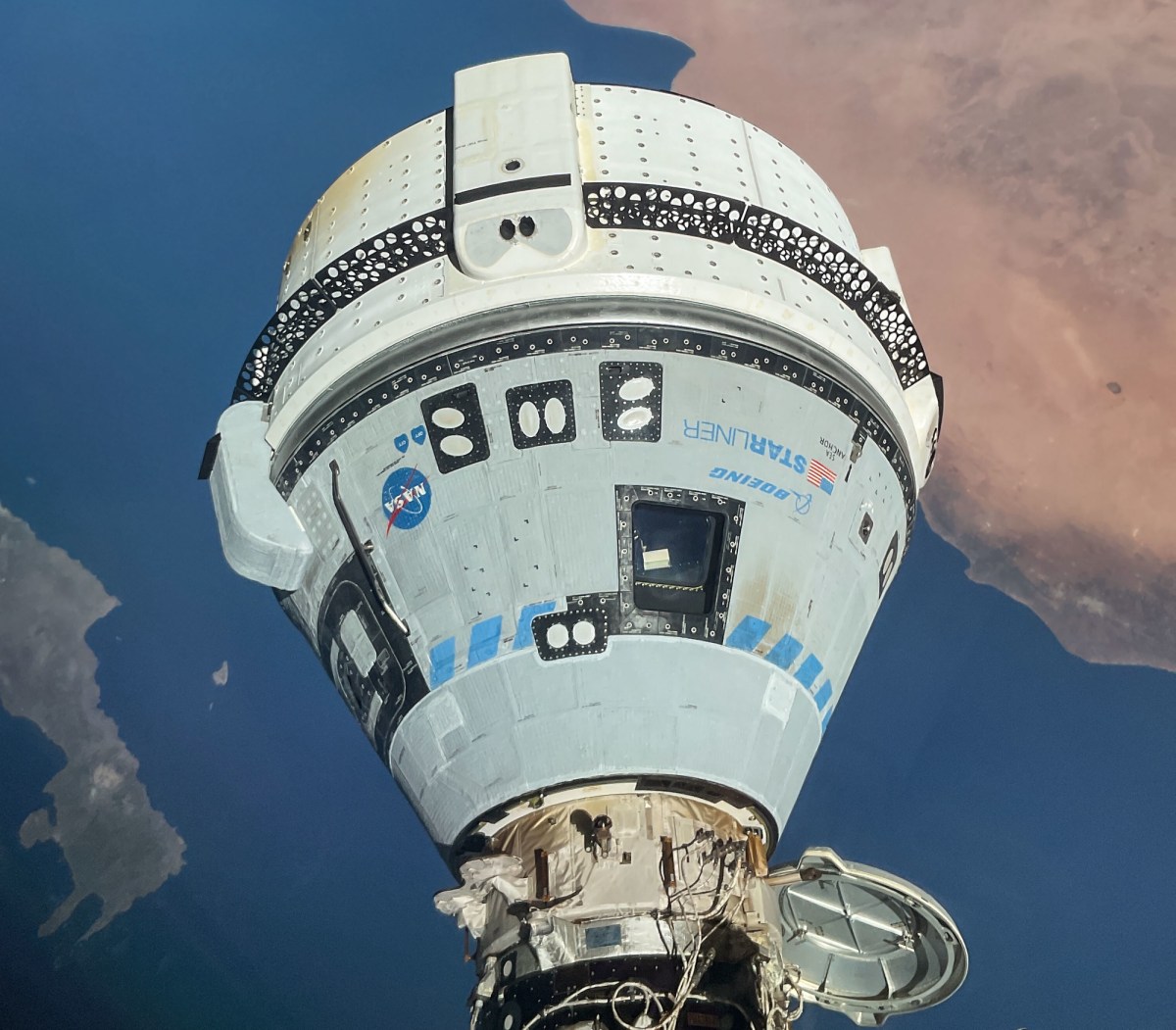LOGAN, Utah — NASA is evaluating options to have the two astronauts who flew to the International Space Station on a Boeing CST-100 Starliner spacecraft return instead on a SpaceX Crew Dragon in early 2025, given questions about the safety of Starliner.
At a Aug. 7 briefing, NASA officials said they expect to decide around the middle of August if it is too risky to have astronauts Butch Wilmore and Suni Williams, who arrived at the station two months ago on Starliner, to return on the same spacecraft. That would require them to stay on the station while Starliner performs an automated undocking and return to Earth.
In that scenario, NASA would fly the Crew-9 mission, whose launch was delayed one day earlier from Aug. 18 to no earlier than Sept. 24, with two people instead of four. Williams and Wilmore would then return with Crew-9 at the end of its scheduled mission in early 2025. Officials declined to disclose which of the current members of Crew-9 would be retained in that scenario and who would be reassigned to later missions.
NASA is considering that option because of continued concerns about the performance of reaction control system (RCS) thrusters on Starliner. Several of the thrusters malfunctioned during the spacecraft’s approach to the station in June, although all but one have since been restored.
Uncertainty about what caused the thrusters’ performance to drop is driving the ongoing discussions about the safety of returning crew on Starliner, including how the thrusters will perform on the return or “downhill” phase. “People really want to understand the physics of what’s going on” in the thruster, said Steve Stich, NASA commercial crew program manager, “and then look ahead to the downhill phase and the heating phase, and seeing if we can model that on the downhill phase and ensure that we have good thrusters.”
Tests performed on RCS thrusters last month at NASA’s White Sands Test Facility showed that heating of the thrusters could cause a Teflon seal or poppet to expand and extrude, restricting the flow of propellant. Heating of the propellant could also cause it to vaporize, reducing thruster performance.
Those thruster tests were intended to provide reassurance that the thrusters would perform as required on the return phase, but may have done the opposite. “The testing at White Sands and the discovery that the poppet Teflon was extruding after the testing was a bit of a surprise to us,” Stich said. “That, I would say, upped the level of discomfort.”
He said NASA has brought in propulsion experts from elsewhere in the agency to review data while additional testing is ongoing. The goal is to try to understand what is going on in the thruster and to see if there are any other failure modes possible when the thrusters get hot.
Stich described the worst-case scenario for Starliner as an “integrated failure mechanism” between the thruster issues and separate helium leaks in the propulsion system that could create difficulties maintaining orientation of the spacecraft during its deorbit burn. “The team wants to understand the worst-case ramifications of getting the thruster hot,” he said. “They want to make sure there’s no particular failure mode if the thruster gets too hot that we haven’t seen yet.”
That uncertainty stands in contrast to Boeing’s comments on the performance of the thrusters. In an Aug. 2 statement, Boeing discussed extensive testing of the thrusters that led the company to conclude the spacecraft retains “safe undocking and landing capabilities” for this mission. “Boeing remains confident in the Starliner spacecraft and its ability to return safely with crew,” it stated.
“Reasonable people could have different views on which path we should take,” said Ken Bowersox, NASA associate administrator for space operations, on the call, which did not include a Boeing representative.
“The Boeing team, because of their experience and their belief in their hardware, would take them to being very confident that the vehicle could bring the crew home, even right now with the uncertainty that we’ve got,” he said. “But we’ve got other folks that are probably a little more conservative. They’re worried that we don’t know for sure, so they estimate the risk higher.”
“Boeing asserted their vehicle was ready to come home on Friday,” Stich said, referring to the date of the Boeing statement. “I think it depends on your experience base a little bit as to how you view the risk.”
Bowersox praised the teams working on Starliner for the discussions about the vehicle’s safety, noting that people are speaking up and being heard. “I have to admit that sometimes, when we get disagreements, it’s not fun. It can be painful having those discussions,” he said. “It’s what makes us a good organization and it’s what will get us to a good decision.”
He said that decision on whether to have Williams and Wilmore return on Starliner is not “too far away.” Later in the call, Stich said that NASA needed to reach a decision by around the middle of August to provide enough time for training and other preparations if the agency elects to go with an uncrewed Starliner return.
That decision could go to the very top of NASA. An agency flight readiness review will make a recommendation to Bowersox, said Stich. “Depending on how that meeting goes, there could be another step with [Associate Administrator] Jim Free and ultimately the administrator.”
